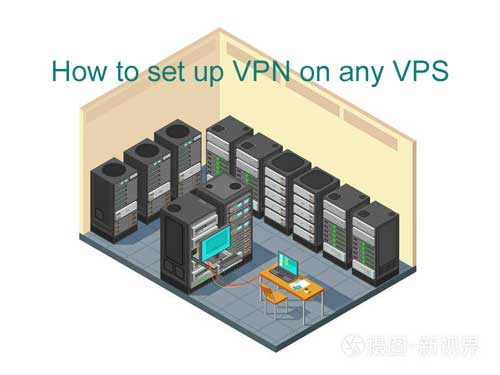Now that we have amply established why having more VPN servers is better, we can talk about why that isn’t the only thing that matters. This boils down to two things:
Server locations
Server infrastructure
The importance of server locations
We have already touched upon the importance of server locations. They determine speed drop depending on how far away the user is. So having more server locations spread around the globe (Surfshark has servers in 100 countries) means a more universal coverage for many more users around the world.
This is preferable to just having a handful of locations, even if they host a lot of servers. You can put a thousand servers in your Prague location, and it still wouldn’t do anything to improve the speeds for Bolivian users.
The importance of server infrastructure
And now for the second part: infrastructure. A server is a physical object, a device, and not all devices are made equal. That’s why you have so many price options when choosing an Android phone. And just like Android phones, some servers can be better than others.
Thus, having a lot of poorer servers helps with only one thing: traffic congestion. You’re always guaranteed to have your access to the server, but that access is going to be equally terrible. However, if you upgrade a server – for example, by using 1Gbps ports – that server can provide better bandwidth and suffer less congestion.
Incidentally, all Surfshark servers have at least a 1Gbps port, and we’re upgraded more than 50% of our infrastructure to 10Gbps servers – and we’re not planning to stop there. So instead of growing wide (by adding a lot of servers), we’ve grown tall (by increasing the efficiency and quality of our existing servers).
At the same time, we’re also very careful in balancing the load of our servers. This means that with many users connecting to a single location, they are spread around the servers established in that location to ensure the best speeds. And with SDN online, we can do even more.








